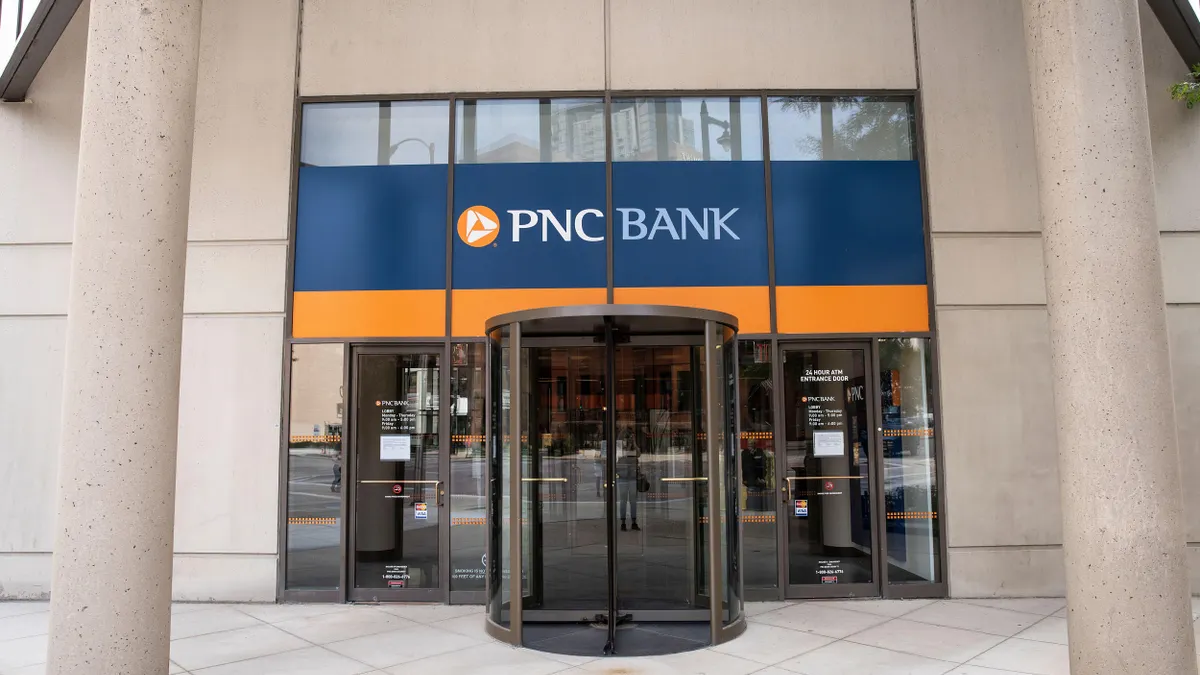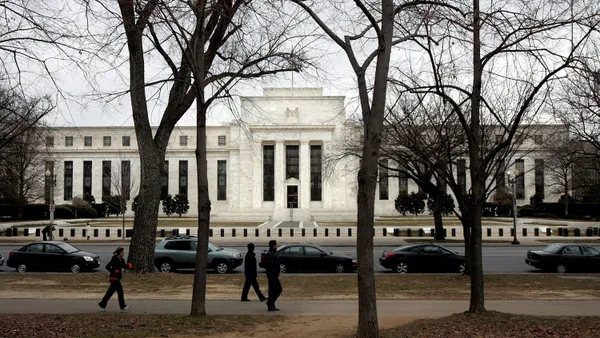Wells Fargo expects a “significant increase in its risk-weighted assets and a net increase in its capital requirements based on a preliminary assessment” of a rule that regulators proposed last week, the bank said in a filing Tuesday.
Under changes proposed last Thursday, banks would use two methodologies to calculate risk-weighted assets: one that considers general credit and market risk, and another that factors in account operational risk and credit valuation adjustment. Banks would have to use whichever methodology indicated a higher level of risk-weighted assets when calculating their capital ratios.
Wells Fargo on Tuesday called the approach “more granular,” adding that it is considering “balance sheet and capital optimization strategies” among “a range of potential actions to address the impact of the proposed rule.”
The filing represents the first reaction in writing from a major U.S. bank to the revamp of capital requirements the Federal Reserve, Federal Deposit Insurance Corp. and Office of the Comptroller of the Currency floated last week.
Bank of America CEO Brian Moynihan chimed in last Thursday, telling Fox Business the rules should level the playing field without making U.S. banks “less competitive.”
“We're not talking about the big eight banks. ... We're talking about a $30 or $40 billion bank, or a $100 billion bank, not being able to compete for a middle market loan because a bank or a supplier in Europe ... is getting a lower cost of capital,” Moynihan told the network.
Under the regulators’ proposal, banks with more than $100 billion in assets would have to account for unrealized gains and losses on available-for-sale securities and adhere to a stricter leverage requirement.
In its filing Tuesday, Wells gave updates on various other requirements from regulators — particularly, the special assessment fee the FDIC proposed in May to offset the $15.8 billion hit the agency expects its Deposit Insurance Fund to take from the March failures of Signature and Silicon Valley Bank.
Wells said Tuesday it expects to pay up to $1.8 billion before tax and to “expense the entire amount upon the FDIC’s finalization of the rule.”
The assessment would be collected over eight quarters, beginning in June 2024, if the rule is adopted, the FDIC said in May.












